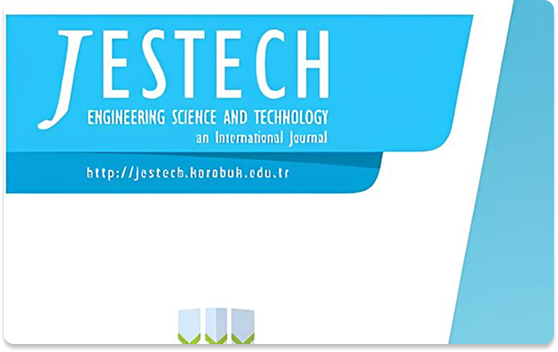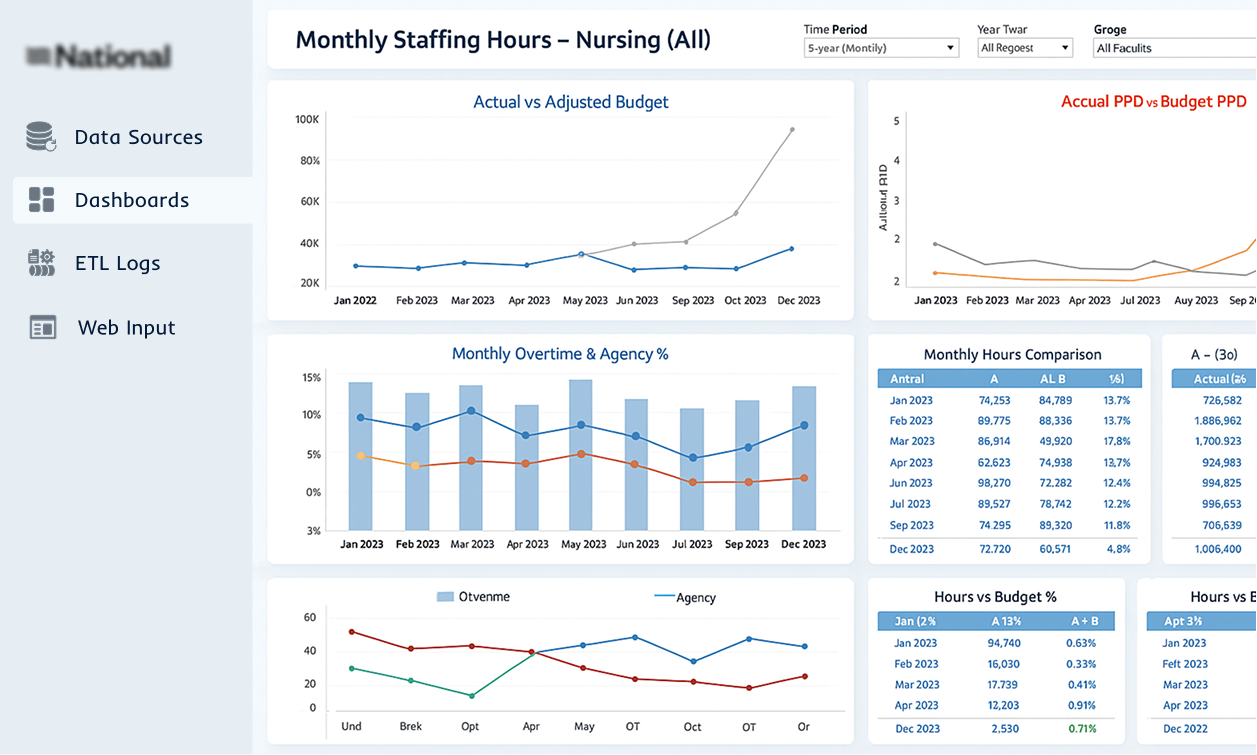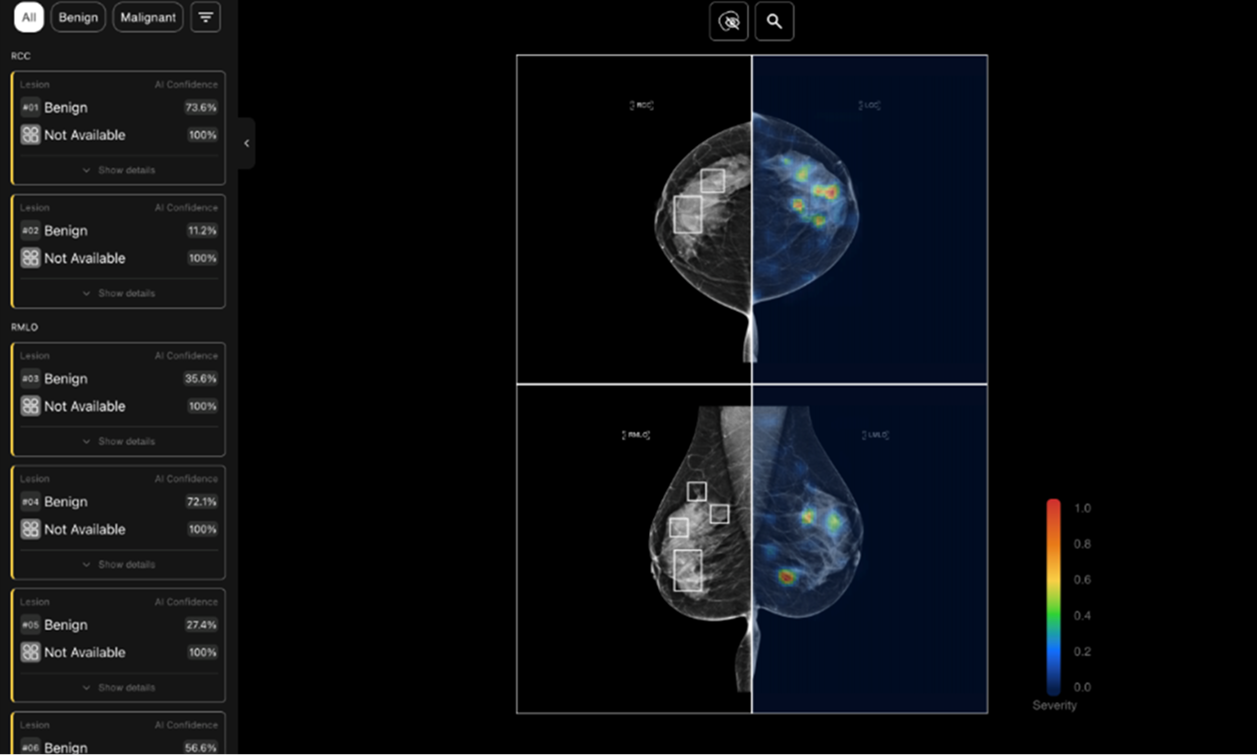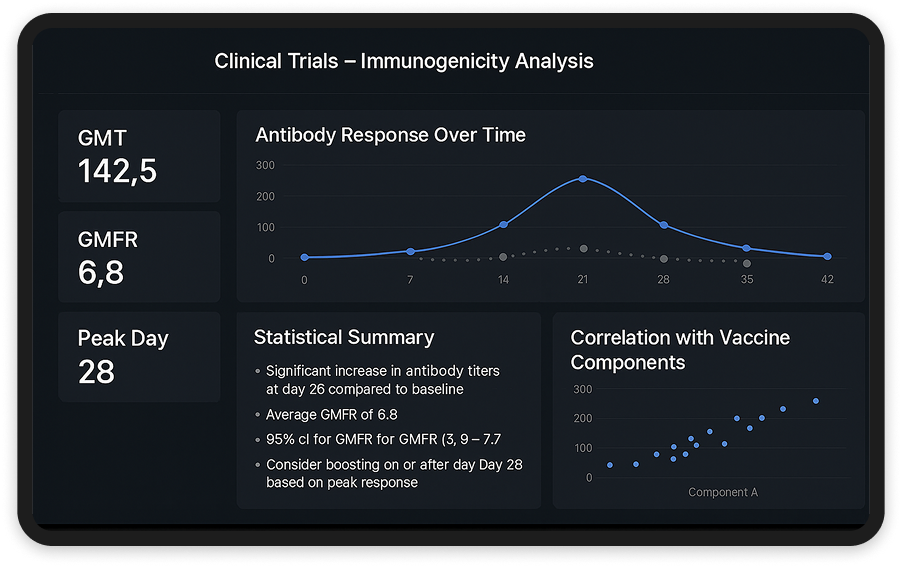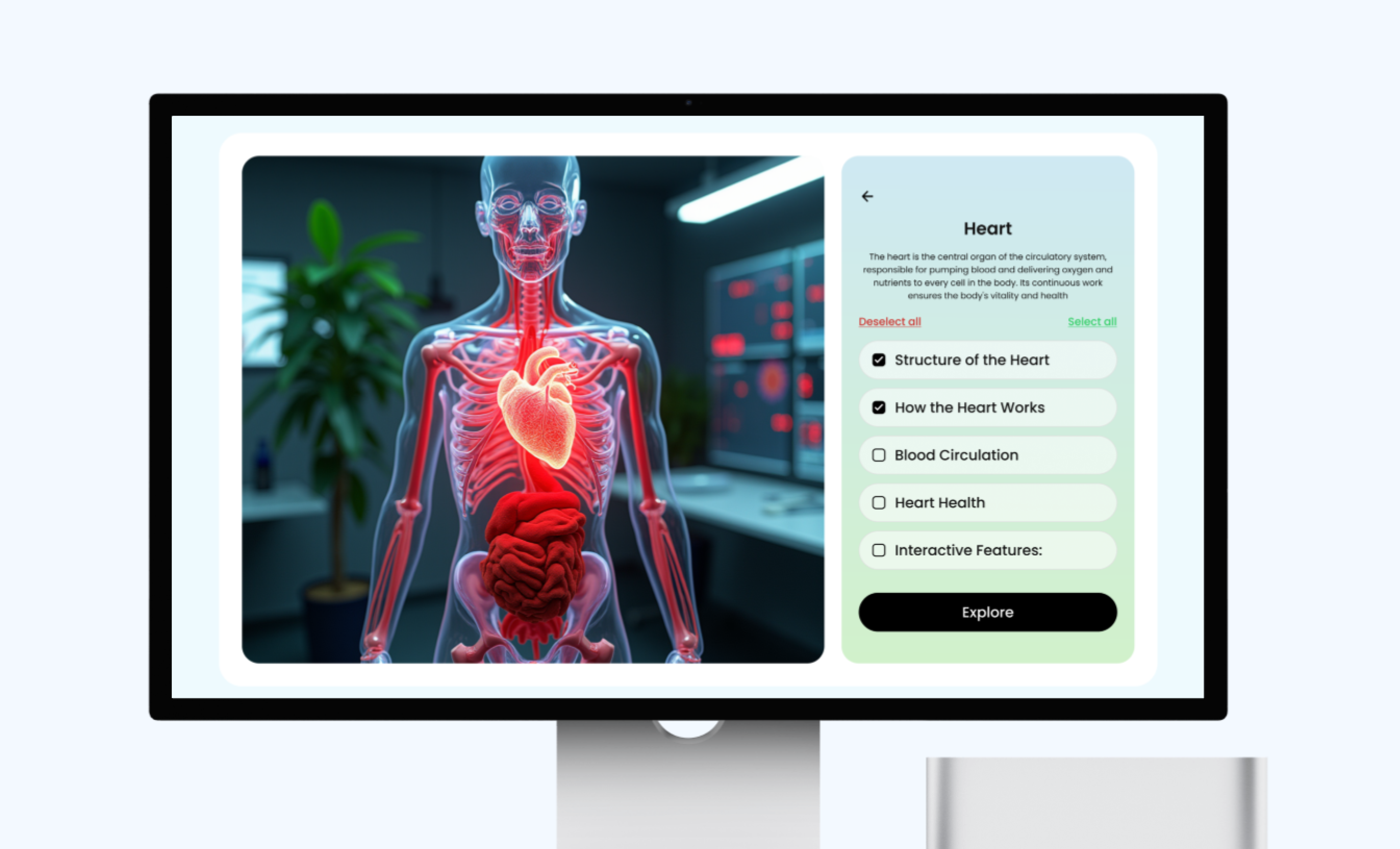The article tackles the significant challenge of handling missing data in smart systems, which is a critical issue in fields like IoT, healthcare, and environmental monitoring. The authors propose an innovative and enhanced prediction method that combines two General Regression Neural Networks (GRNNs) with an extended-input Successive Geometric Transformation Model (SGTM) neural-like structure. This advanced ensemble method is designed to improve the accuracy of recovering both partially missing and completely lost data. By replacing the conventional approach of simply summing the outputs of the GRNNs with a more sophisticated weighted summation technique, the method significantly enhances the precision of the predictions. This novel approach addresses the limitations of existing methods by offering a more refined mechanism to handle missing data, which is essential for the effective operation of smart systems. The paper outlines the theoretical framework, as well as a practical flowchart and training algorithm, making it easier to replicate the approach. Through testing on real-world datasets, specifically air quality monitoring data, the authors demonstrate the method’s superiority in terms of prediction accuracy, offering a valuable contribution to the field of missing data management.
takeaways:
- Ensemble Methodology: The paper introduces an ensemble comprising two sequential GRNNs augmented by an SGTM neural-like structure, designed to enhance prediction accuracy in missing data recovery tasks.
- Weighted Summation Technique: By implementing a weighted summation of the GRNN outputs, the proposed method effectively refines prediction results, surpassing the performance of existing approaches.
- Algorithmic Implementation: Detailed procedures, including the training algorithm and operational flowchart of the ensemble, are provided, facilitating practical application and replication of the method.
- Performance Evaluation: The ensemble’s effectiveness is validated through experiments on real-world datasets, specifically air quality monitoring data from IoT devices, demonstrating superior accuracy compared to traditional methods.
- Time Efficiency: Experimental analysis also highlights the method’s efficiency, offering a balance between prediction accuracy and computational resource requirements.
